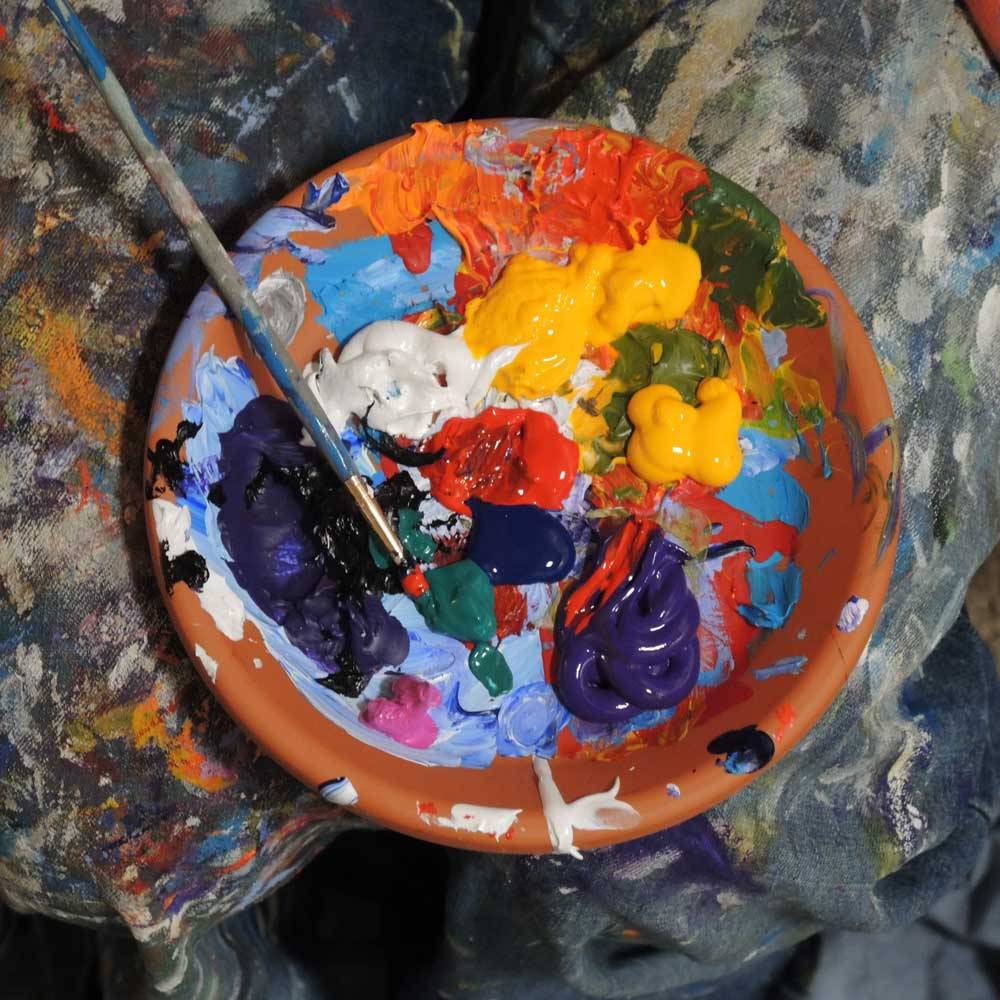What colour are you?
12 April, 2016 Reading: 2:24 mins
Colours never fail to get our creative department excited, here our Creative Director, Rich Bland talks about the importance of colour purity.

Colours never fail to get our creative department excited, here our Creative Director, Rich Bland talks about the importance of colour purity.
We know that the backbone of any great brand identity is in its consistent application. Logotypes, typography, imagery, tone of voice, colour, design etc. all working in harmony to ensure a consistent brand experience in whatever medium. But as many aspects of our brand communications get easier, one seems set to cause more problems now than it did a decade ago. Colour.
For some brands their colour is their most defining feature. And that colour isn’t just red or blue, it’s a subtle hue driven by research, defined by a designer and endorsed by its consumers. Possibly for generations. Subtle, inconsistent shifts in tone can send out all sorts of messages, most of which aren’t particularly helpful.
The colour benchmark for most identities has been, and remains, the Pantone Colour Matching System. Devised by Lawrence Herbert back in the early 1960s it was originally only intended as a method of defining ink pigments used in printing, but for many it has gone on to represent the ultimate in colour purity.
Pantone is basically a ‘spot’ colour, only fully achievable using special Pantone mixed inks. However, it is also a standardised matching system that can be interpreted in many different ways.
Process colour printing (CMYK) is capable of reproducing many of the colours within the system, but struggles with some, particularly the more vibrant and subtle ones. Similarly, screen colours (RGB) match well in some areas, more than CMYK, but not all.
When printing, the problems of colour consistency are further exasperated by paper, or stock. In many cases these can be specified, but when it comes to advertising the control slips further with newsprint at the bottom of the list of quality choices. Printing on in-house printers continues the tale of woe with settings and inks all vying to degrade consistency.
The hurdles increase even further still with digital communications. Screen types, ages, models, settings and platforms all seem set to ‘optimise’ their individual experiences. But that probably doesn’t include your particular brand experience.
So is it a hopeless situation? Well, no. A good designer should anticipate the increasingly challenging assault course faced by the brand they’re developing. They should ensure that a stunning on-screen experience doesn’t collapse when it’s interpreted in print, and visa versa. Taking the myriad of possible touch-points into consideration, and ensuring that all colour related decisions anticipate any and every scenario, is more crucial now than ever.
Inevitably this takes more time. But investing quality time in a colour specification at a brand’s inception could save a few tears in the future.